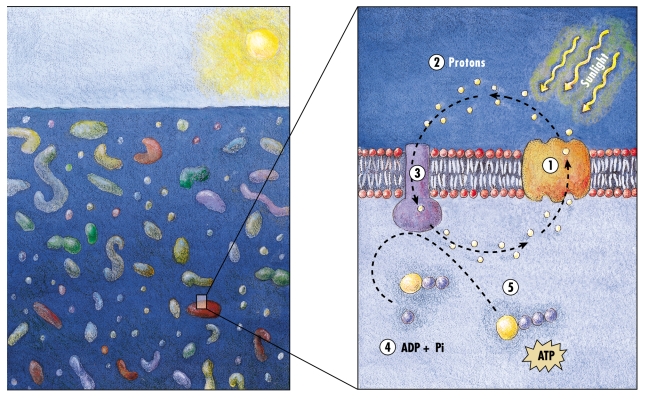Figure 2. An artist's rendition of the fundamental arrangement of proteorhodopsin in the cell membrane.
Left panel: a cartoon (not to scale) of planktonic bacteria in the ocean water column. Right panel: a simple view of one potential proteorhodopsin energy circuit. (1) Proteorhodopsin – uses light energy to translocate protons across the cell membrane. (2) Extracellular protons – the excess extracellular protons create a proton motive force, that can energetically drive flagellar motility, transport processes, or ATP synthesis in the cell. (3) Proton-translocating ATPase – a multi-protein membrane-bound complex that can utilize the proton motive force to synthesize 5. Adenosine triphosphate (ATP, a central high energy biochemical intermediate for the cell) from 4. Adenosine triphosphate (ADP, a lower energy biochemical intermediate). Illustration by Kirsten Carlson, © MBARI 2001.

